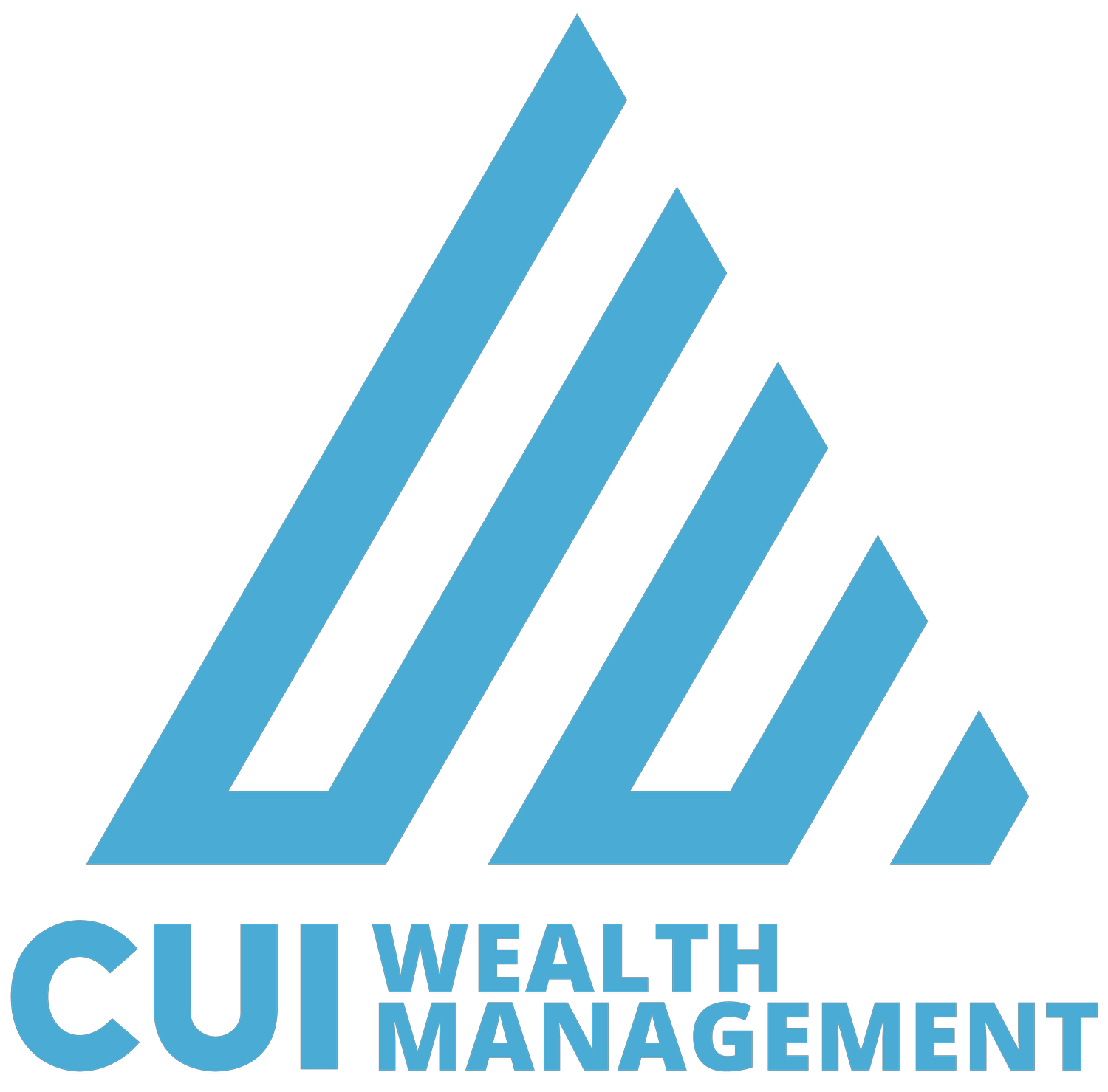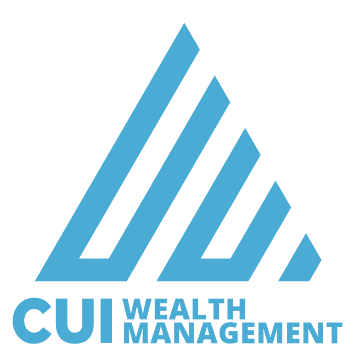401(k) Basics
401(k) Basics Every Business Owner and HR Professional Should Know
A well-designed retirement plan, like a 401(k), can be a powerful tool for employee satisfaction and business success. It helps employees save for retirement and enhances a company's ability to recruit and retain top talent. However, creating and managing a 401(k) plan can seem overwhelming for many business owners, HR professionals, and executives.
This guide breaks down the essentials of 401(k) plans, their advantages, and actionable steps for implementation. Whether you manage a growing organization or a small business, understanding these key elements can make all the difference in building a retirement plan that works for everyone.
What Is a 401(k) Plan and Why Does It Matter?
401(k) plans are employer-sponsored retirement accounts that allow employees to contribute a portion of their paychecks toward retirement savings. Offering a 401(k) is an excellent way for employers to show employees they're invested in their future.
Key Benefits for Employers:
Attract and Retain Talent: Companies that offer competitive employee benefits, like a 401(k), are more likely to recruit highly skilled professionals and retain valuable team members.
Tax Advantages: Employer contributions to employee 401(k) plans are generally tax-deductible, reducing your taxable income.
Enhanced Employee Satisfaction: Employees who feel financially secure tend to be more productive and engaged.
For employees, a 401(k) is one of the best tools for building long-term wealth. Contributions grow tax-deferred, providing significant savings over time.
401(k) Fundamentals Every Business Should Know
Before setting up a 401(k) plan, it's crucial to understand its operation's fundamental components.
1. Eligibility
Businesses often set specific eligibility criteria, such as requiring employees to complete a probation period (e.g., one year) or reach a certain age (commonly 21). Customizing these criteria ensures the plan aligns with your workforce needs.
2. Contribution Limits
The IRS sets annual contribution limits for employee and employer contributions. For 2025, the employee contribution limit is $23,500 (or $31,000 for employees aged 50 and above through catch-up contributions). Employers can also contribute through matching or profit-sharing programs. The employee contribution and match cap is $70,000, or 100% of employee compensation. For those over 50, the limit is $77,500. The maximum contribution limits change almost yearly to account for inflation. Once again, these numbers are for 2025.
3. Matching Contributions
Matching contributions are where employers add to the employee's 401(k) based on their contributions. For example, a company might match 50% of contributions up to 6% of the employee's salary. Matching contributions are not mandatory but provide a significant incentive for employees to participate.
4. Tax Benefits
Employee contributions are made with pre-tax dollars, and employer matching contributions are tax-deductible. Additionally, investment growth within the 401(k) is tax-deferred until withdrawals begin in retirement.
Many 401(k) plans also allow Roth deferrals. This will enable employees to pay taxes now on their contributions, but in retirement, these contributions will be tax-free when they are utilized.
5. Vesting
A participant's contributions to a retirement plan are always theirs to take with them if they leave employment. Vesting schedules are an option for a 401(k) plan on the company contributions. Some plan structures require 100% vesting. Here are two common types of vesting
Cliff vesting: the employer contributions vest 100% at a specific time of service.
Graded vesting: a percentage of the employer contribution is vested annually until a certain amount of years of service.
401(k) Service Providers
You can break up a 401(k) into 3-pieces: TPA, recordkeeper, and advisor.
Third-Party Administrator (TPA)
Some of the TPA's duties can include the following:
Plan compliance testing
Help with plan design
Creating and updating plan documents
Helping prepare IRS forms
Staying up to date with changes in 401(k) law
It's important to remember that 401(k) plans have governing documents called plan documents. Though there are many options and flexibility in a 401(k) plan, you must first make amendments to the plan documents before proceeding with a change in plan design.
Recordkeeper
Some of the recordkeeper's duties can include the following:
Accounting of the plan and its participants
Maintaining the 401(k) website
Tracking and investing contributions for participants
Storing participant investment elections.
The recordkeeper is the most easily recognized by the employer and plan participants since participants log in to the recordkeeper's website to make account changes. Sometimes, the recordkeeper and TPA will be the same company; these structures are "bundled" plans.
Plan Advisor
Not all plans have a financial advisor, but having one can be very beneficial. Here are some of the responsibilities an advisor can have.
Recommend and monitor investments.
Provide plan reviews
Help with plan compliance
Offer participant education
Offer fiduciary service
There are many advisors out there. Some focus on 401(k) plans, but many focus on personal financial planning. You should find an advisor who has experience with 401(k) plans.
Managing Your 401(k) Plan for Long-Term Success
Effective management ensures your 401(k) plan continues to provide value. Here's how to keep everything running smoothly.
Ensure Compliance
Stay updated on IRS regulations, such as contribution limits and nondiscrimination testing, to avoid potential penalties.
Offer Diverse Investment Options
Provide a range of investment options, including low-cost index funds, equities, and bonds, to meet varying employee risk tolerances.
Regularly Communicate with Employees
Send updates on investment performance, changes to the plan, or new features to keep employees engaged and informed.
Review and Adjust Annually
Assess whether your plan's features, like matching contributions or eligibility criteria, still meet the needs of your workforce and business goals.
Does a 401(k) Make Sense for Your Company?
A 401(k) might be a good option for your company if you want specific structures, eligibility rules, design flexibility, and vesting.
Pros
A variety of investment options
Vesting schedules options for employer contributions
Flexible eligibility rules (more so than some other plans)
Higher contribution limits
Several matching options
Traditional and Roth options are available
Contributions are tax-deductible
Cons
Generally, higher admin costs
Added administration duties
Filing requirements
Plan testing
Plan audits (for larger companies)
Why 401(k) Plans Are Essential for Your Business
Whether you're running a startup or managing a large enterprise, offering a 401(k) plan is no longer just a "nice-to-have"—it's a critical business strategy. By understanding the fundamentals, implementing best practices, and staying attuned to future trends, businesses can seamlessly leverage 401(k) plans to boost employee satisfaction and strengthen their competitive edge.
If you're ready to set up or improve your organization's 401(k) offerings, now is the time to act. A well-designed plan benefits both your team and your bottom line.
Talk to a professional to ensure you understand all your options; don't hesitate to contact us. We would also love to help you choose a retirement plan.


